China may have edge in race to build California's bullet train
Updated: 2015-05-22 10:15
(Agencies)
|
||||||||
US-based SunGroup USA, which has been working with China CNR, said it had identified a possible factory site for China to make the trains in the city of Oakland, where California Governor Jerry Brown was a two-term mayor.
Two years ago, Brown rode a Chinese bullet train and met with rail officials during a trade mission to China.
Last month, Brown was wooed by Japanese Prime Minister Shinzo Abe, who showed off a model of a bullet train while on a visit to the United States.
Beijing's financing clout
The United States lags far behind Europe and Asia in high-speed rail. President Barack Obama planned to make high-speed rail his signature transportation accomplishment but most of the country's dozen or so projects have struggled to gain traction.
California is the farthest along, although funding remains a major hurdle, and the 520-mile (837-km) long Los Angeles to San Francisco route isn't projected to open until 2029. Construction on the rail line began last year near the middle of the route in Fresno, a city in the state's Central Valley.
Only about $13.2 billion of the estimated $68 billion has been raised, plus a pledge of cap-and-trade proceeds - funds paid by companies to offset carbon emissions.
CHSRA, which will issue details of the bid for an initial 16 trains later this year, could consider financing in addition to technology and price when it selects a train maker in 2016.
"We would certainly like to see a financing component," said CHRSA's CEO Morales.
"I think every one of the manufacturers that we talked to have done some form of financing before. It's not unusual, and they've suggested that they're looking at that."
The South Korean government will not provide financing for the project, said a spokesman for Hyundai Rotem, the country's sole train-maker.
Japan has put together a consortium of companies to bid for the California projects and, like China, has access to cheap financing. But "they aren't in a position to cut quite as close to the bone," said Clayton Dube, director of University of Southern California's US-China Institute.
"China would be willing to make relatively little on this in order to make it happen."
China CSR was part of a consortium backed by the Export-Import Bank of China that pledged to finance 85 percent of Mexico's planned $3.75 billion high-speed train system. The bid was revoked in a political scandal.
China has less history with the technology than some, but has accomplished much in the past decade, building over 7,500 miles (12,000 km) of track.
"They've come up a very steep learning curve. I've been very impressed," said Morales.
CHSRA plans to find a firm to lay track around the end of this year, estimated to be worth $500-600 million for the first 125 miles (200 km) in the Central Valley.
China has yet to export its bullet trains, and has encountered some controversy over its other rail exports to the United States.
When a joint Chinese venture that included CNR won a $567 million contract last October to supply Boston subway cars, some residents protested over allegations of human rights abuses in China. CNR submitted the lowest bid at roughly half the price of Bombardier.
Safety could also emerge as a concern over a Chinese bid. In 2011, a Chinese bullet train crash left 40 people dead and stoked fears of shoddy technology.
"Safety and technology come into play, and this keeps the project open to those with the most experience in high-speed rail - Japanese, French and German interests," said Tom McMorrow, a principle at the law firm Manatt, Phelps and Phillips in Sacramento, who works on international trade issues, including representing Japanese rail interests.

 Culture Insider: Six things you may not know about Grain Buds
Culture Insider: Six things you may not know about Grain Buds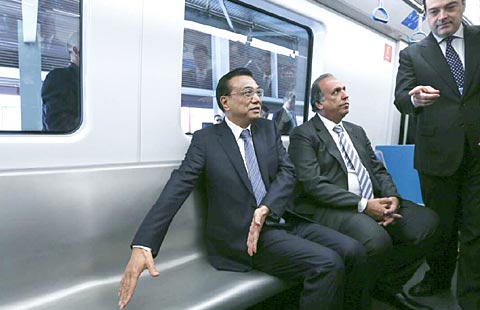
 Premier Li rides on new China-made train in Rio de Janeiro
Premier Li rides on new China-made train in Rio de Janeiro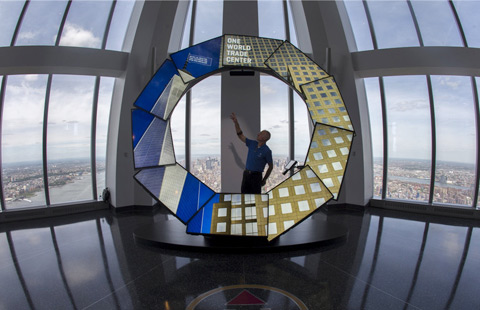
 NYC's new One World Observatory offers sweeping views of Manhattan
NYC's new One World Observatory offers sweeping views of Manhattan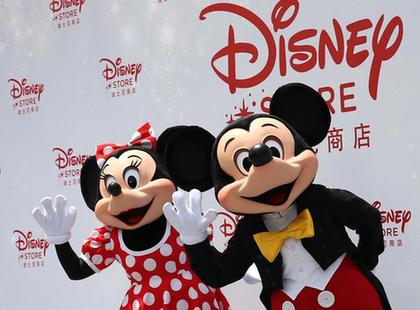
 Disney flagship store opens in Shanghai
Disney flagship store opens in Shanghai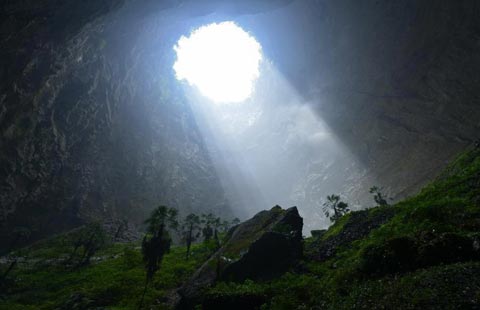
 Sinkhole glimpse of magical nature
Sinkhole glimpse of magical nature
 Top 10 hottest destinations for investment in 2015
Top 10 hottest destinations for investment in 2015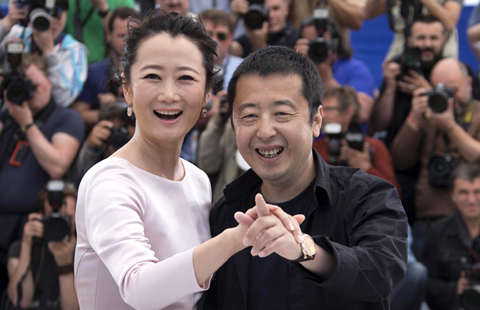
 Jia Zhangke's movie screened at Cannes
Jia Zhangke's movie screened at Cannes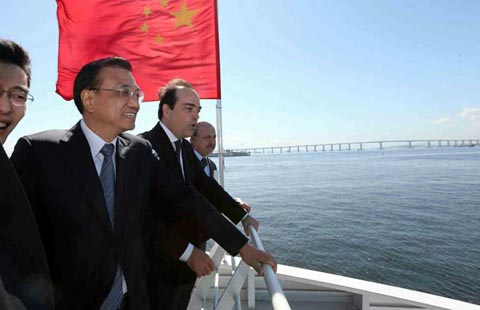
 Premier Li meets entrepreneurs on China-made ferry in Rio de Janeiro
Premier Li meets entrepreneurs on China-made ferry in Rio de Janeiro
Most Viewed
Editor's Picks

|

|

|

|

|

|
Today's Top News
China, Brazil cooperation can ride 'winds and tides'
Beijing sets out its rights after reports of incursion
China may have edge in race to build California's bullet train
US Senate votes to move forward fast-track trade legislation
Li: 'Great potential' for Sino-Colombian ties
Colombia runs into infrastructure bumps on road to prosperity
Premier Li arrives in Bogota to start official visit to Colombia
China is a global leader in renewable energy: Panel
US Weekly

|

|







